How to Boost Your Amazon Sales in 5 Ways

Sales on Amazon exceeded $66b last year. That is an increase of nearly double versus the year before, making the importance of selling on the platform obvious. While many can see the opportunities this presents, getting seen on Amazon is no easy feat. That’s because there are over 6 million unique sellers on Amazon vying […]
Shopify Is Now 50% As Large as Amazon Marketplace

Amazon has long held the crown for dealing with the highest percentage of total online sales. As an extremely early adopter of the shift from retail to online markets, Amazon has held an advantage for decades. That’s because Amazon has always been the largest online retailer since its first full year of operation in 1996. […]
How To Create An Amazon Seller Account In 5 Steps

It has become nearly impossible to remember a time before Amazon. Today, Amazon ships out roughly 1.6m packages every single day. As such, many are naturally interested in trying to get a piece of the business opportunities this offers. An Amazon Seller Central account is the way independent sellers approach Amazon. As Amazon itself reports, […]
A Complete Guide of Amazon Brand Registry
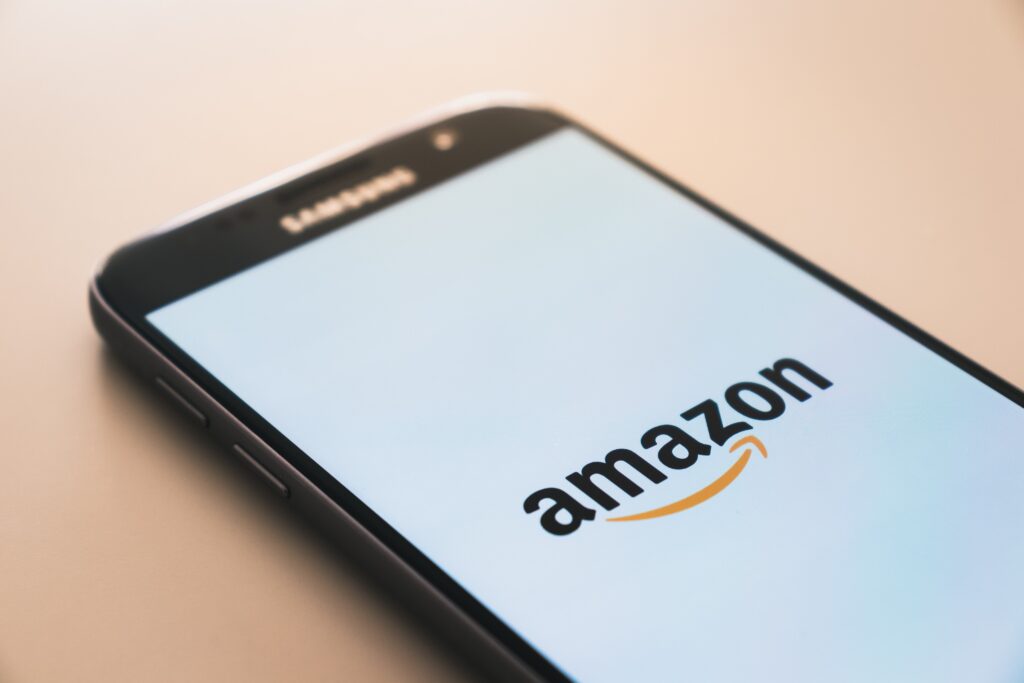
With so many sellers flooding Amazon’s platform on a daily basis, it can be easy for some brands to become nervous about their reputation and products getting entangled with counterfeits, dishonest sellers, and misrepresented customer brand experiences. Amazon understands these fears. That is why Amazon launched Brand Registry which is a program that gives verified […]
Walmart Doubles Marketplace Size 12 Months
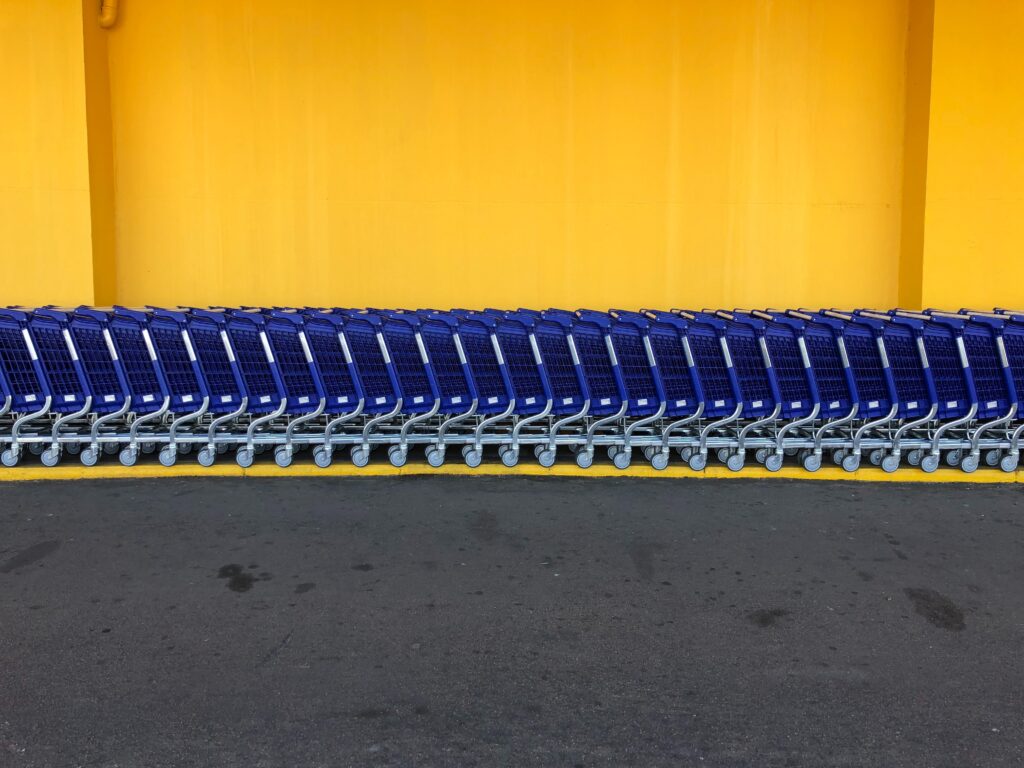
Amazon is one of the biggest retailers that comes to mind when thinking about e-commerce marketplaces and has been a go-to spot for sellers and buyers alike. However, many other retail giants are making a play for Amazon’s spot in this space and are succeeding in attempts at eventually surpassing Amazon in the online retail […]
Amazon is Rolling Out More Bots for Contactless Delivery

Amazon has been introducing a fleet of autonomous robot delivery vehicles in the delivery system since 2019. This online e-commerce platform has been trialing their robot delivery system in many major cities throughout the United States. But, with the increased need for forms contactless delivery since the outbreak of the coronavirus pandemic, Amazon has expanded […]
Successful Upselling Techniques Sellers Can Learn From Amazon

Upselling is a valuable technique to learn for companies who are interested in increasing revenue. This method of marketing placements persuades customers to spend more money on products or services that pair with the original products the customer was interested in. Upselling has been shown to increase revenue by 10-30% on average and it has […]
Amazon Has Just Launched a Helpful Face Mask Store
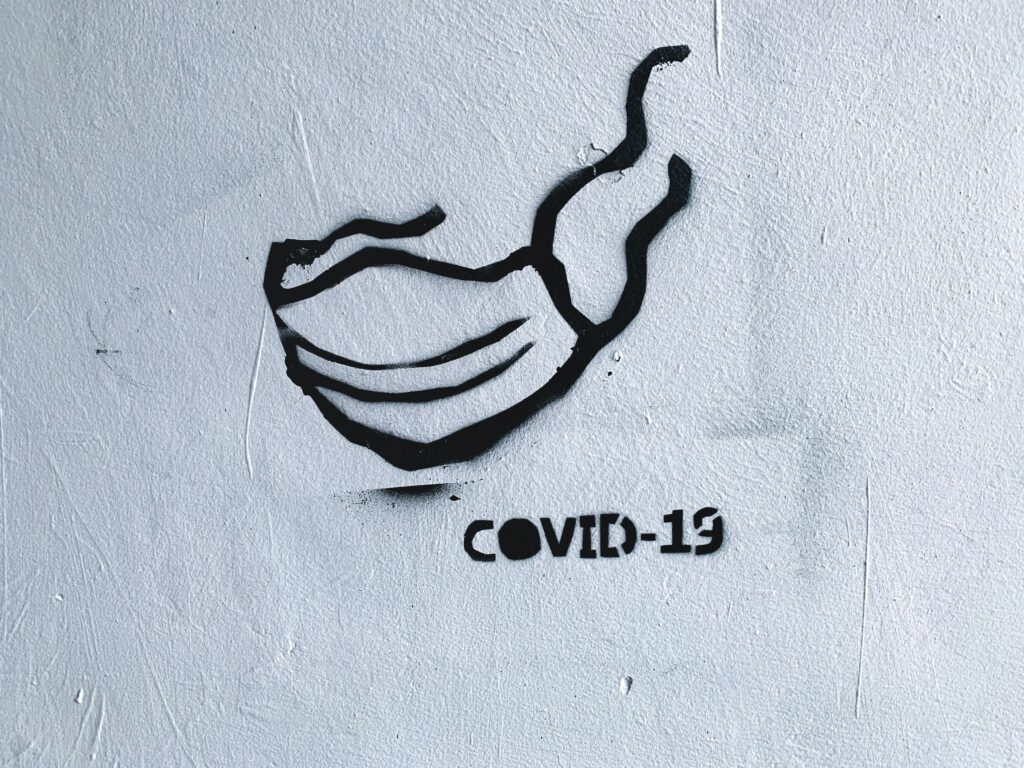
Since the Coronavirus (COVID-19) pandemic spread across the world earlier this year, masks have become one of the most sought after personal protection equipment. With so many countries implementing mandatory mask regulations, the public has been rushing to get their hands on this precious product. Since this massive increase in demand, many companies have begun […]
Shopify Overtakes eBay
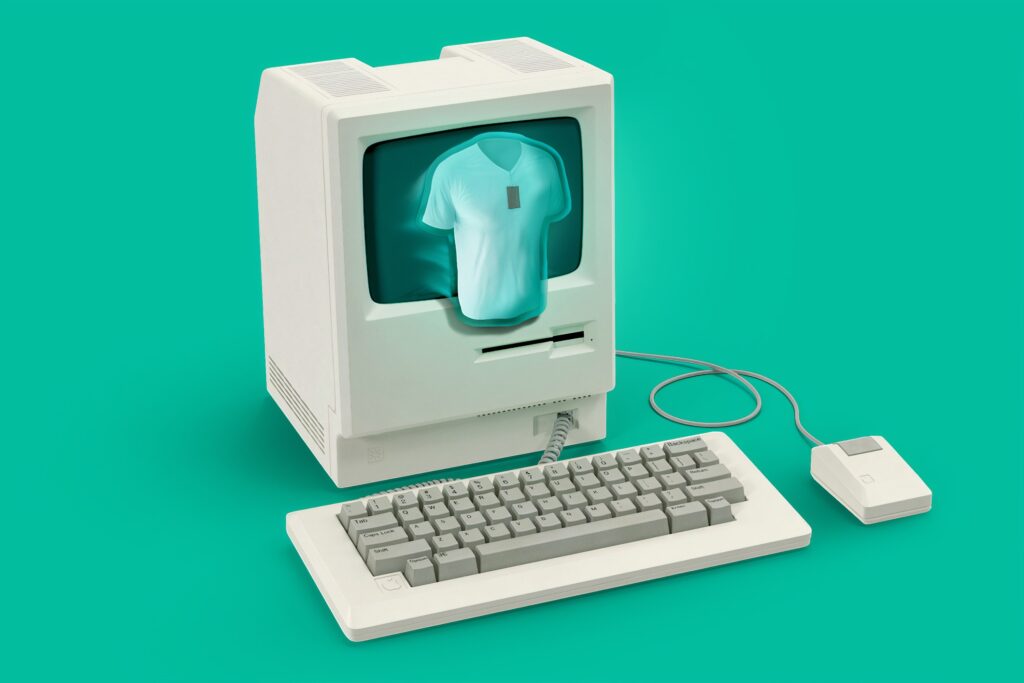
Shopify is a subscription platform where anyone can set up an online store and sell their products as professional merchants. These products can be sold through e-commerce or through traditional, in-person meetings. This site is one of the leading platforms used to carry out business and caters to sellers of all types and businesses of […]
How to Choose Wholesale Products to Sell on Amazon
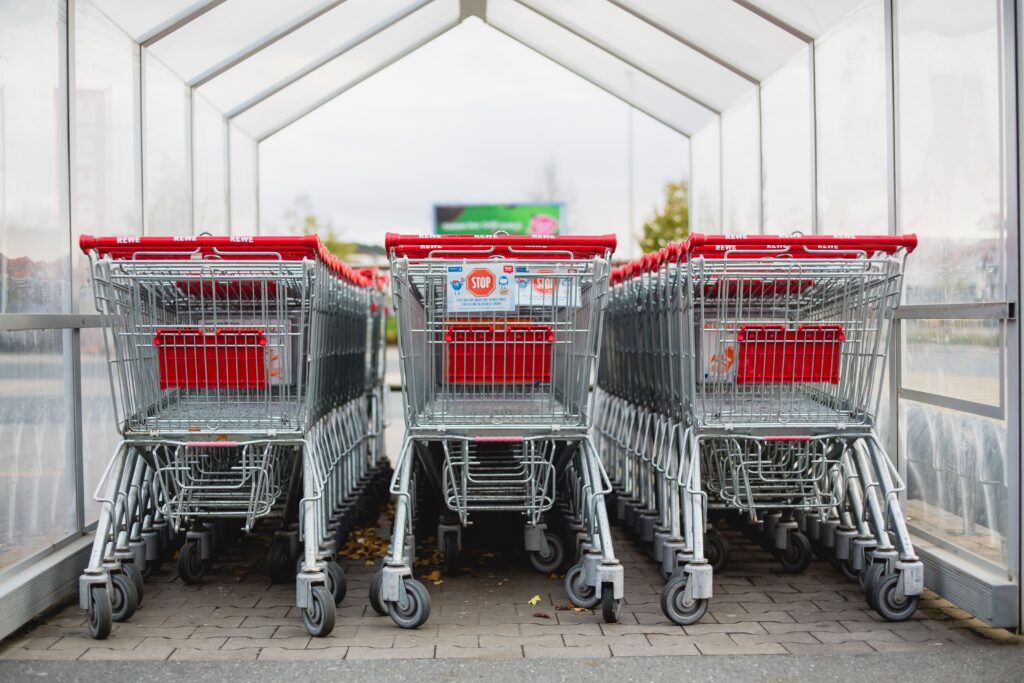
There are a plethora of challenges that are rarely talked about when you start the process of creating your very own Amazon business. Sure, there are hundreds of articles guiding you through Seller Central, Amazon’s specific guidelines, and ways to make profits. Starter tasks, however, oftentimes get forgotten about or swept under the rug. Choosing […]






